The waters of the Arctic teem with life - the largest halibut ever landed was caught in June 2009 weighing at 203kg!
The Arctic marine ecosystem
| Top predators: polar bears and humans |
| Fish eaters: seals, walruses, whales |
| Larger fish: mature Arctic cod, Greenland halibut, Arctic char (a relative of the salmon) |
| Smaller fish: young Arctic cod and other young fish eat the plankton. Small fish like caplin and sand lance are critical in the Arctic food web |
| Zooplankton: eat the phytoplankton |
| Phytoplankton: graze on the algae |
| Algae: blooms (grows) on the underside of ice. Open water lets sunshine in to fuel this growth |
Areas of open water occur at almost any time of the year. Some occur at the same time each year and are critical to migrating animals, birds and marine mammals. Any changes in the patterns due to climate change could cause disastrous effects.
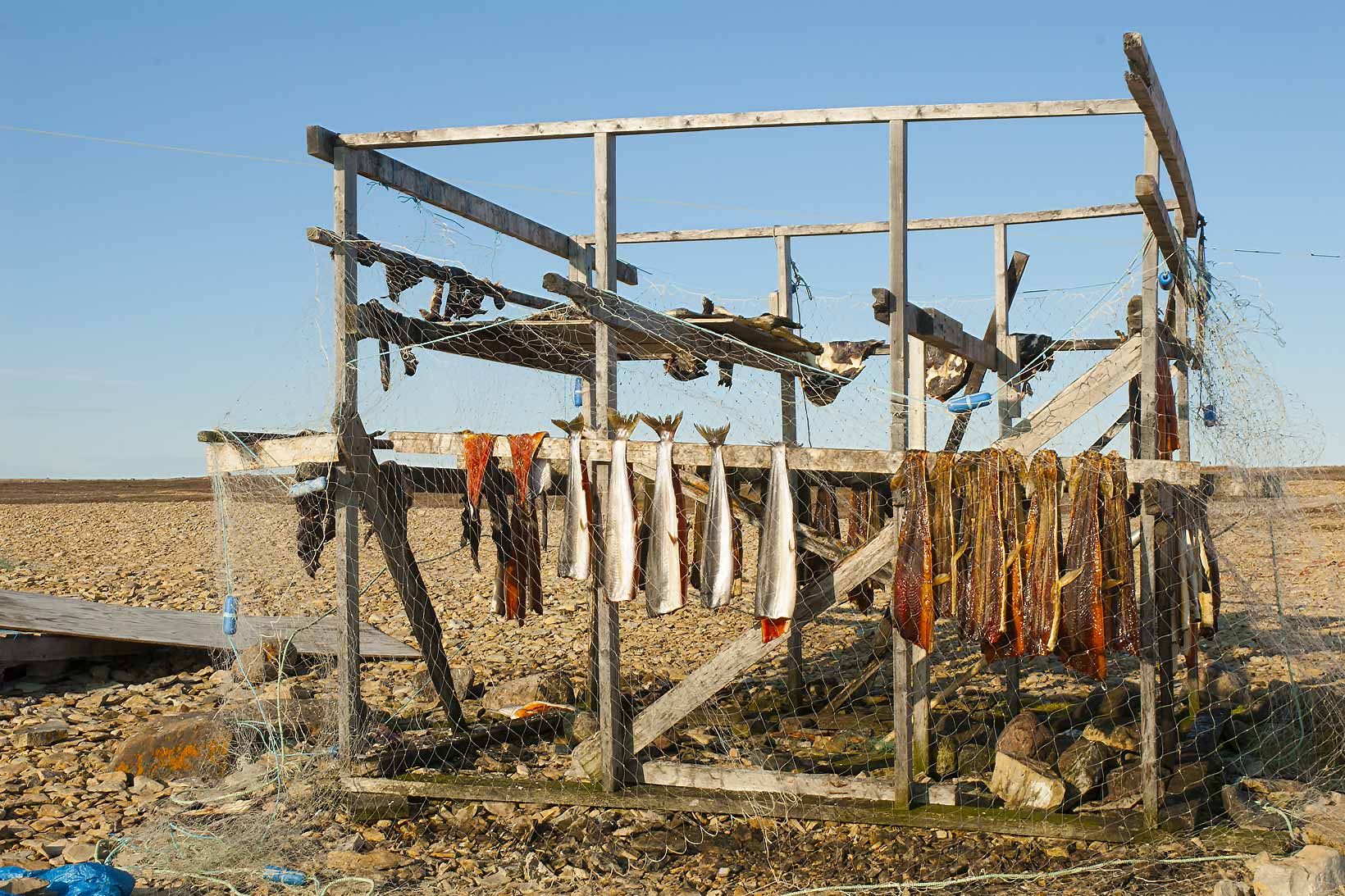
Fishing
Indigenous people fish through holes in the ice in the winter and tourists visit to experience this form of fishing.
In summer a rod and line from a boat is used and the fish are hung up to dry to preserve them.
Currently there are no large scale fishing operations in the North American Arctic waters. Most of the commercial fishing takes place just outside Arctic waters but it does fish Arctic species that have migrated south.
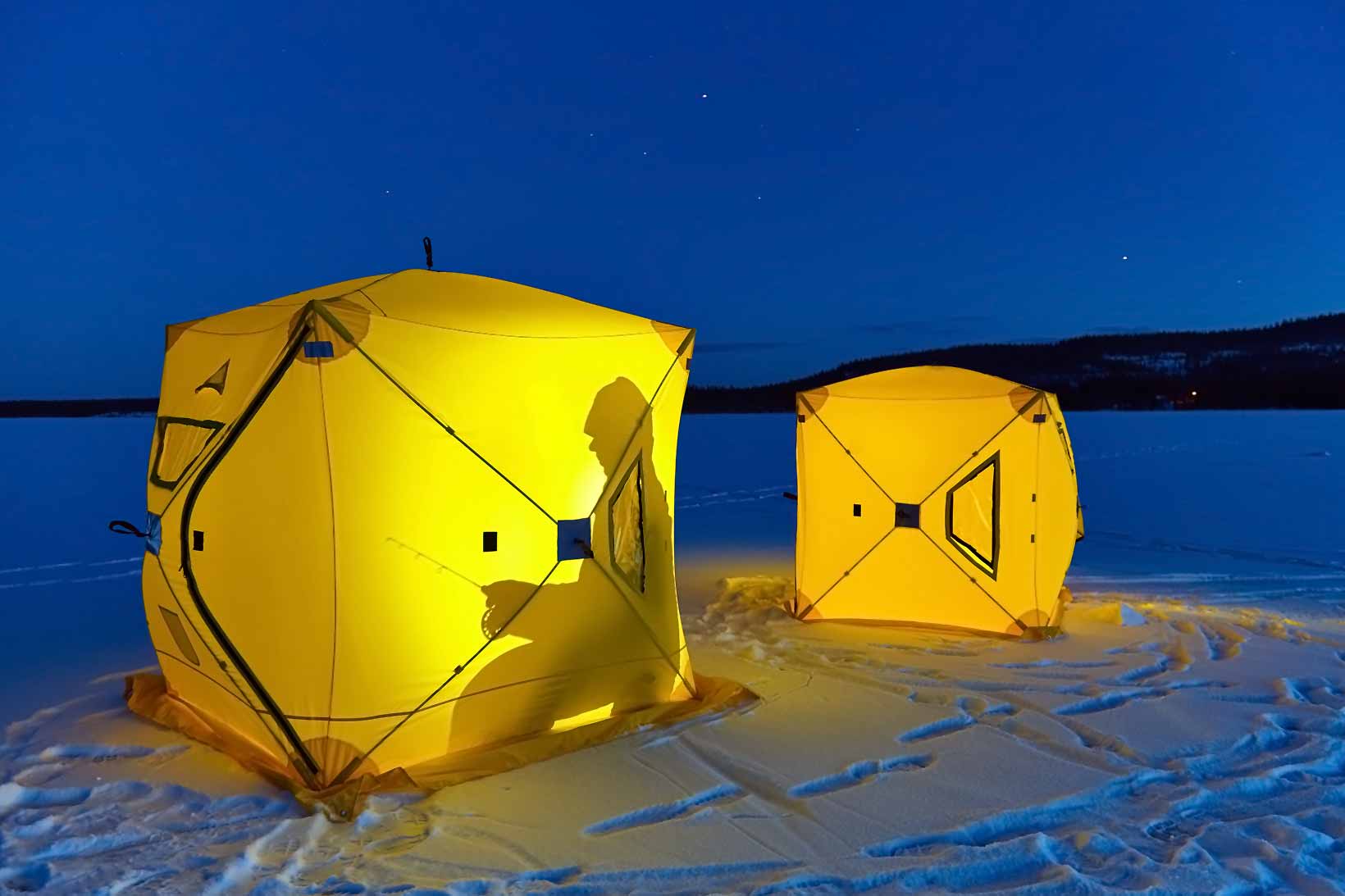
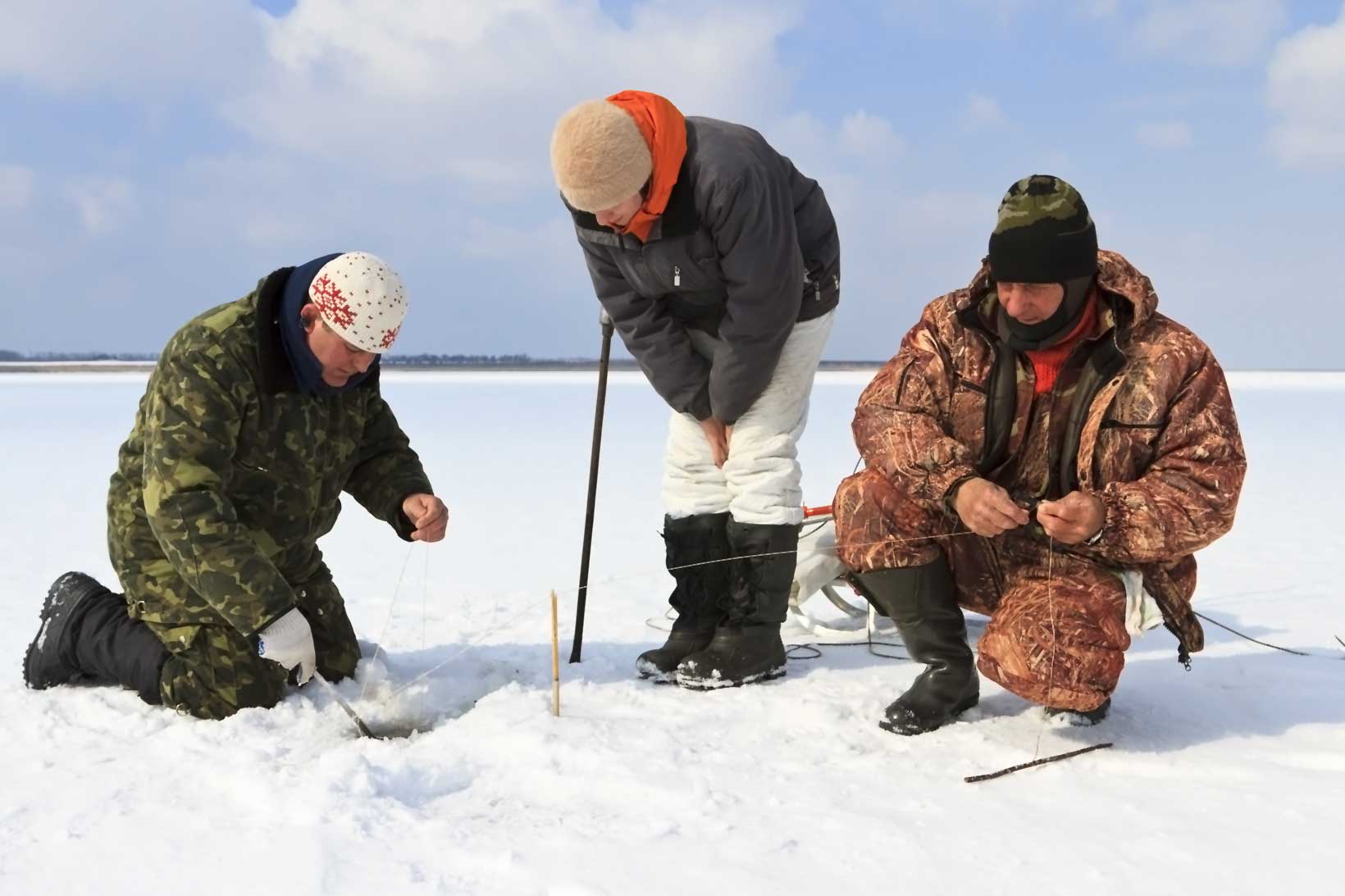
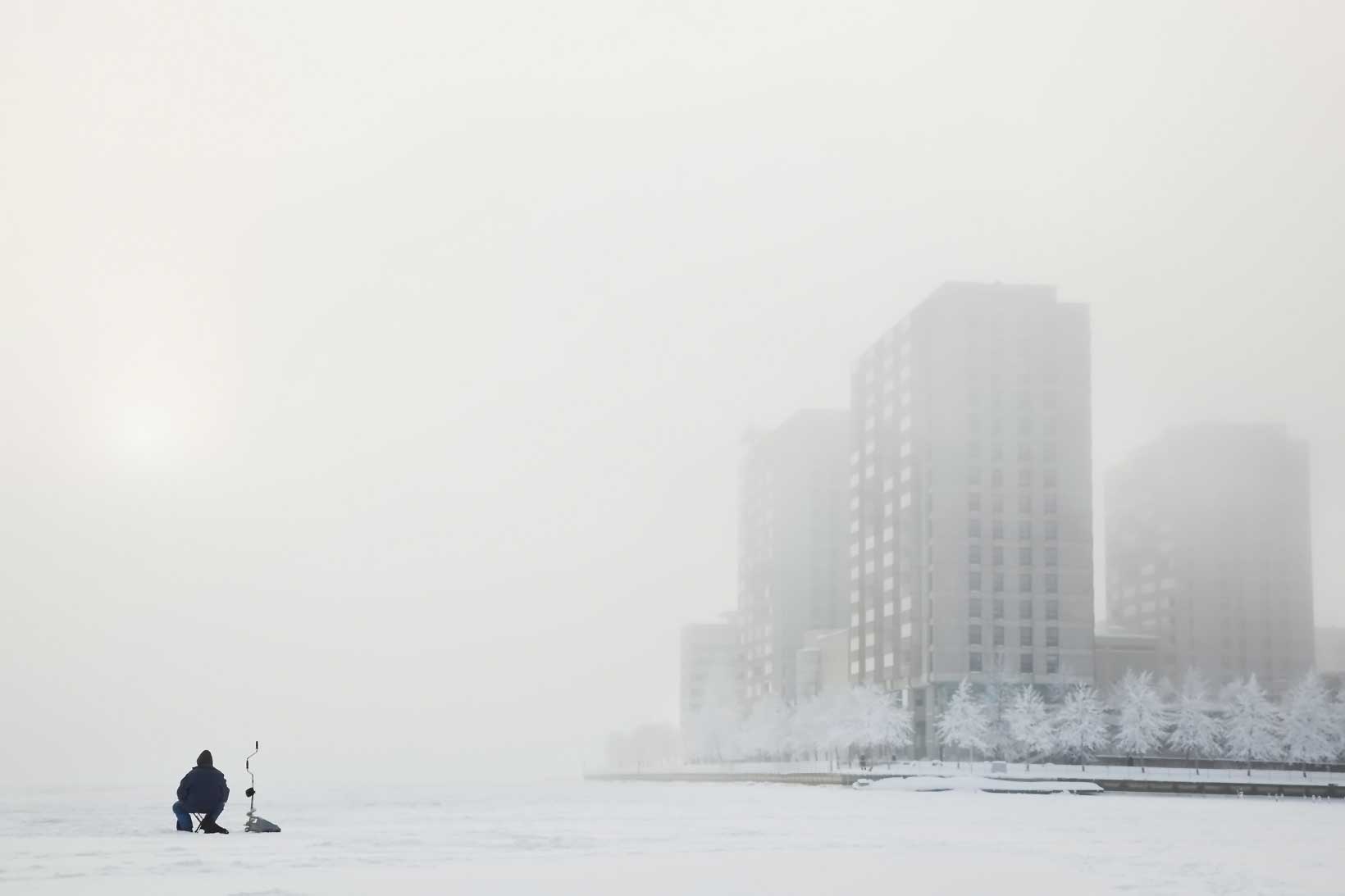
As the ice melts there are fears that there will be an increase in commercial fishing and the North American governments are drawing up plans to ensure sustainable commercial fishing. One of the difficulties in developing this strategy is that there is little reliable information about the state of fish and shellfish stocks in the Arctic, they seem to be very variable.
The North Pacific Fisheries Management Council has recommended that there should be no commercial fishing in the Arctic until the ecosystem is better understood.
Aaju talks about climate change and ice fishing
Commercial Fishing
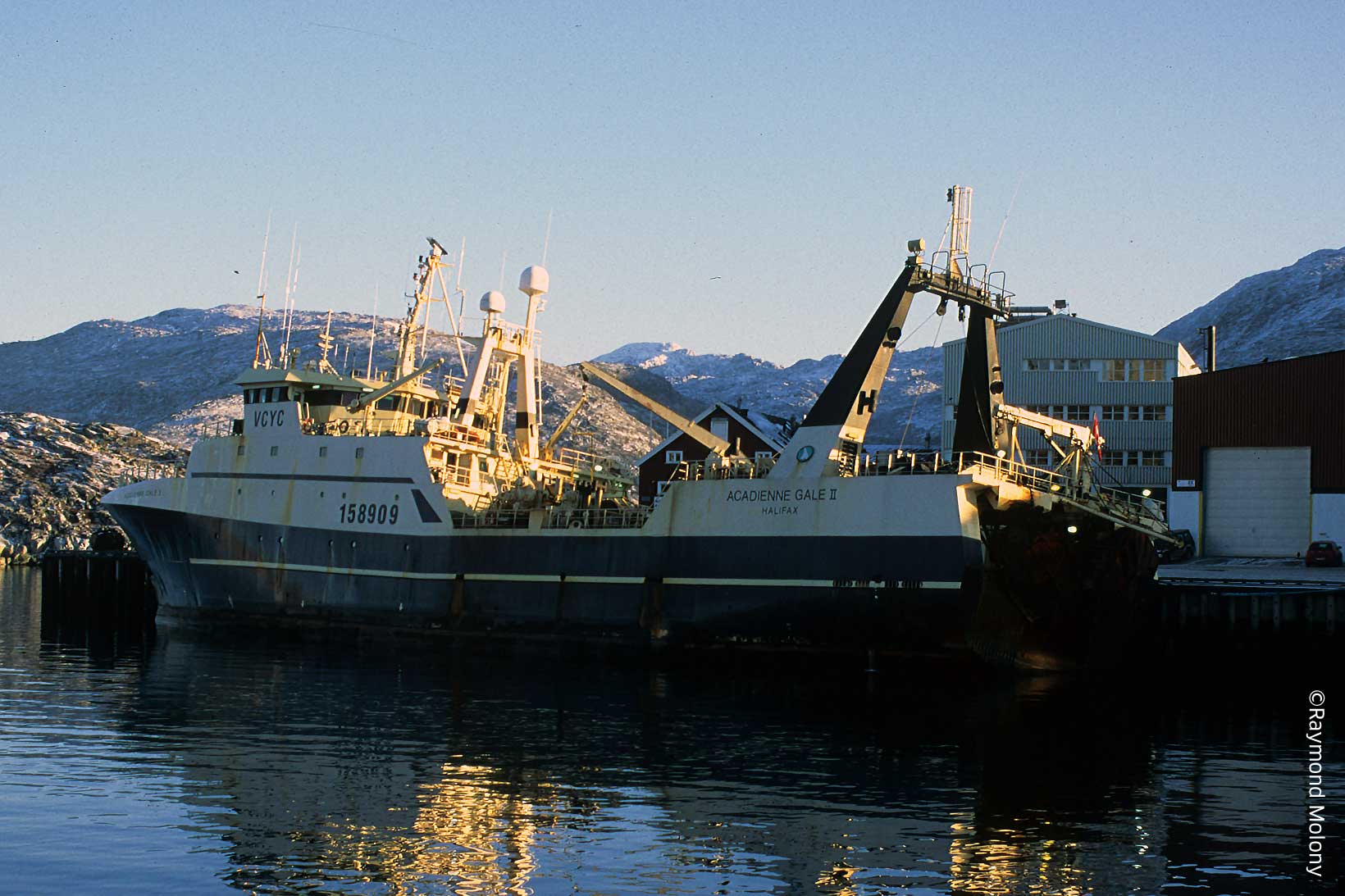
Commercial fishing is important in all areas of the seasonally ice free Arctic eg Barents Sea, Greenland, Alaska and up to the Diomede Islands.
The marine ecosystem
- How might less sea ice affect the Arctic marine ecosystem and its exploitation? Use information from the climate change section and the links below to help you.
Find out more
- Find out more at NOAA Fisheries – Arctic fisheries
- Indigenous people also hunt whales. Find out more about subsistence whaling from the International Whaling Commission